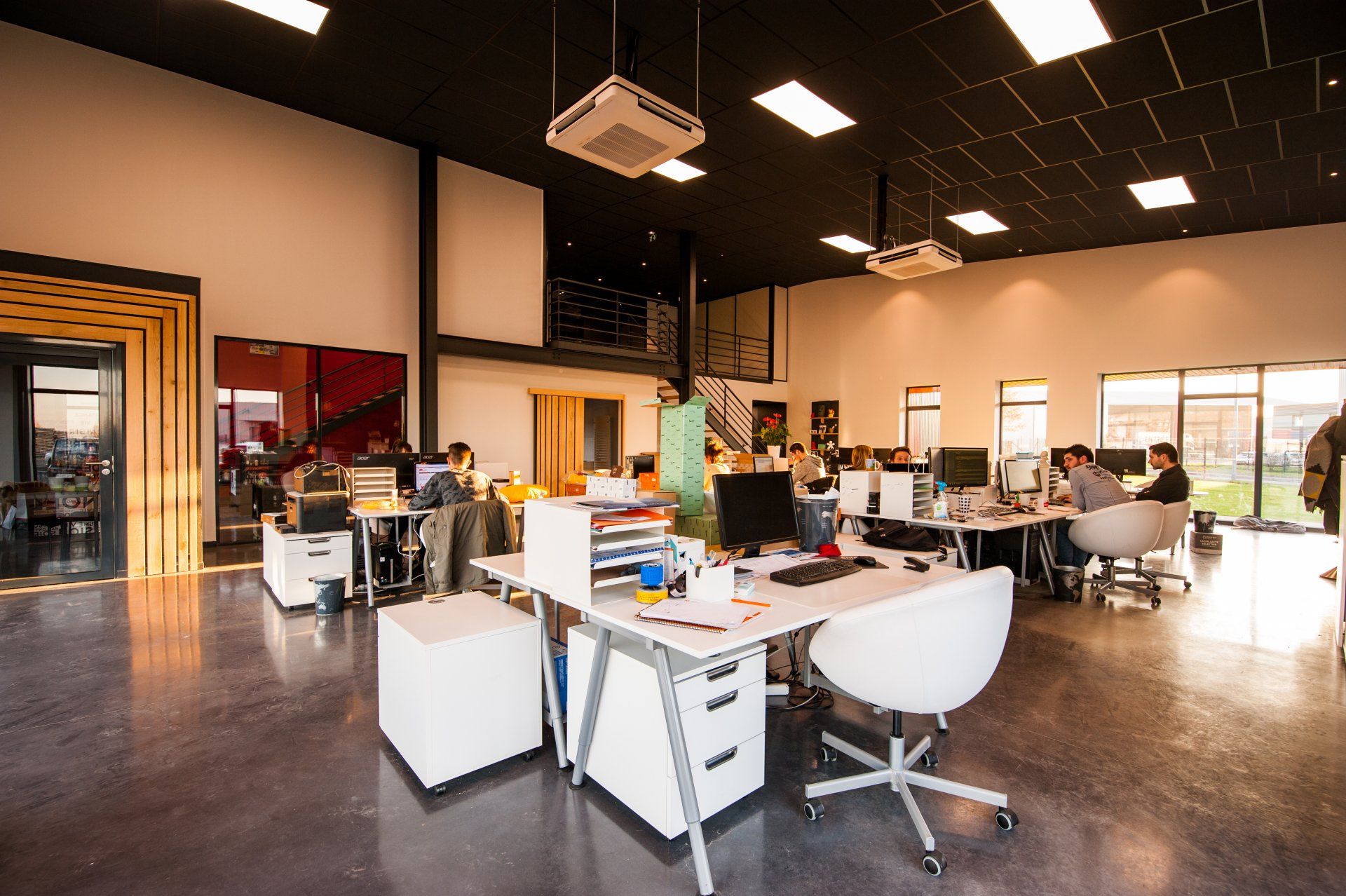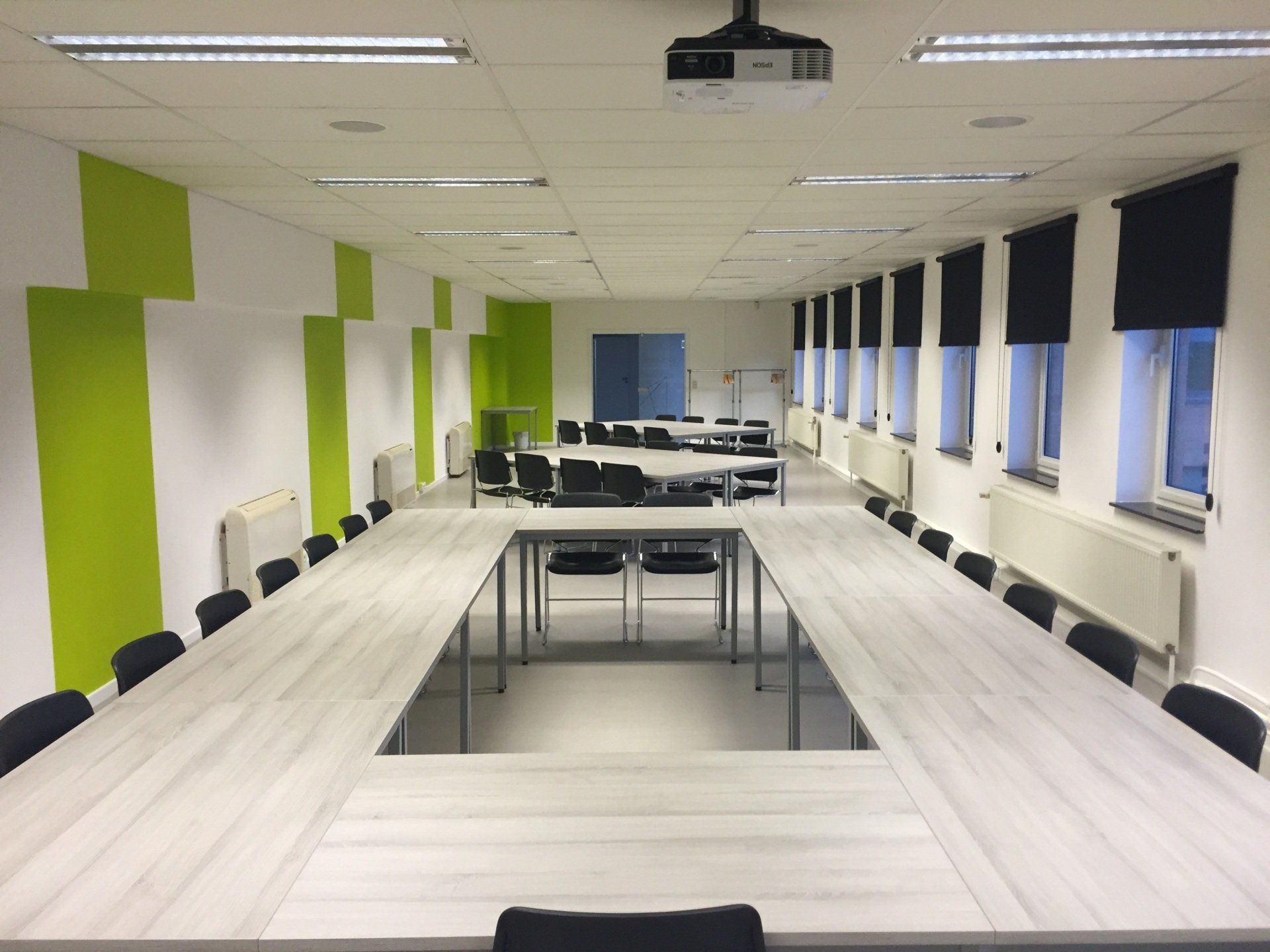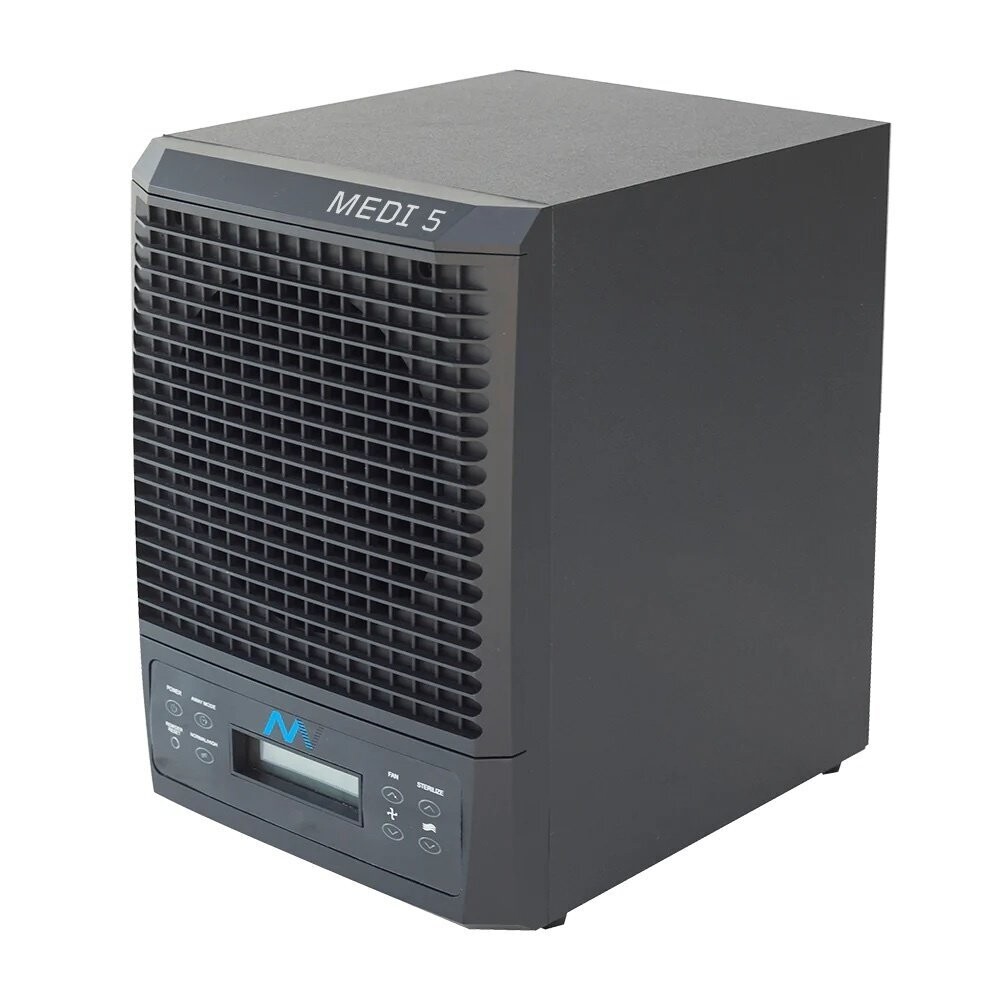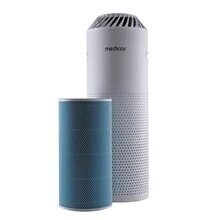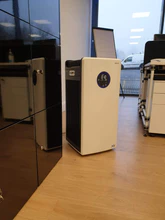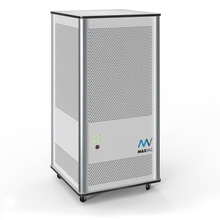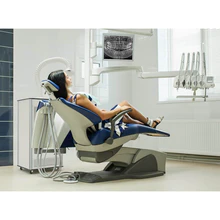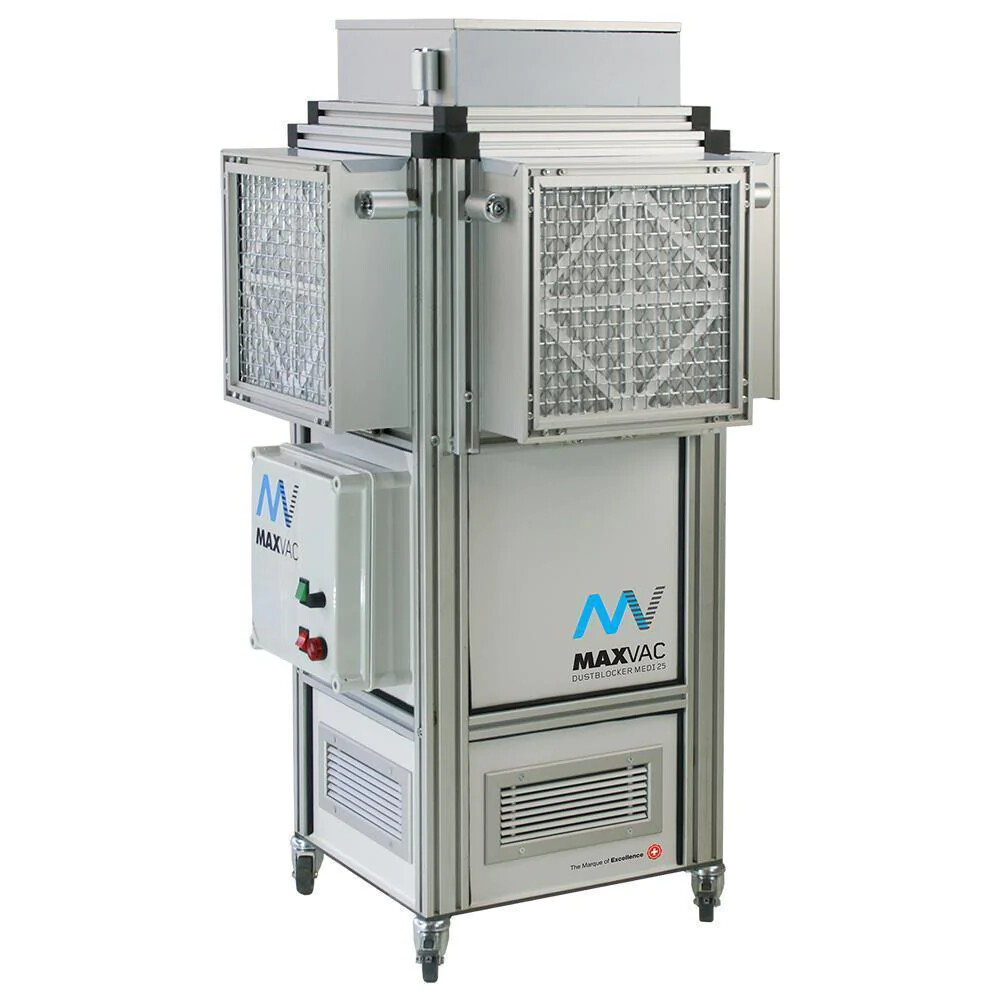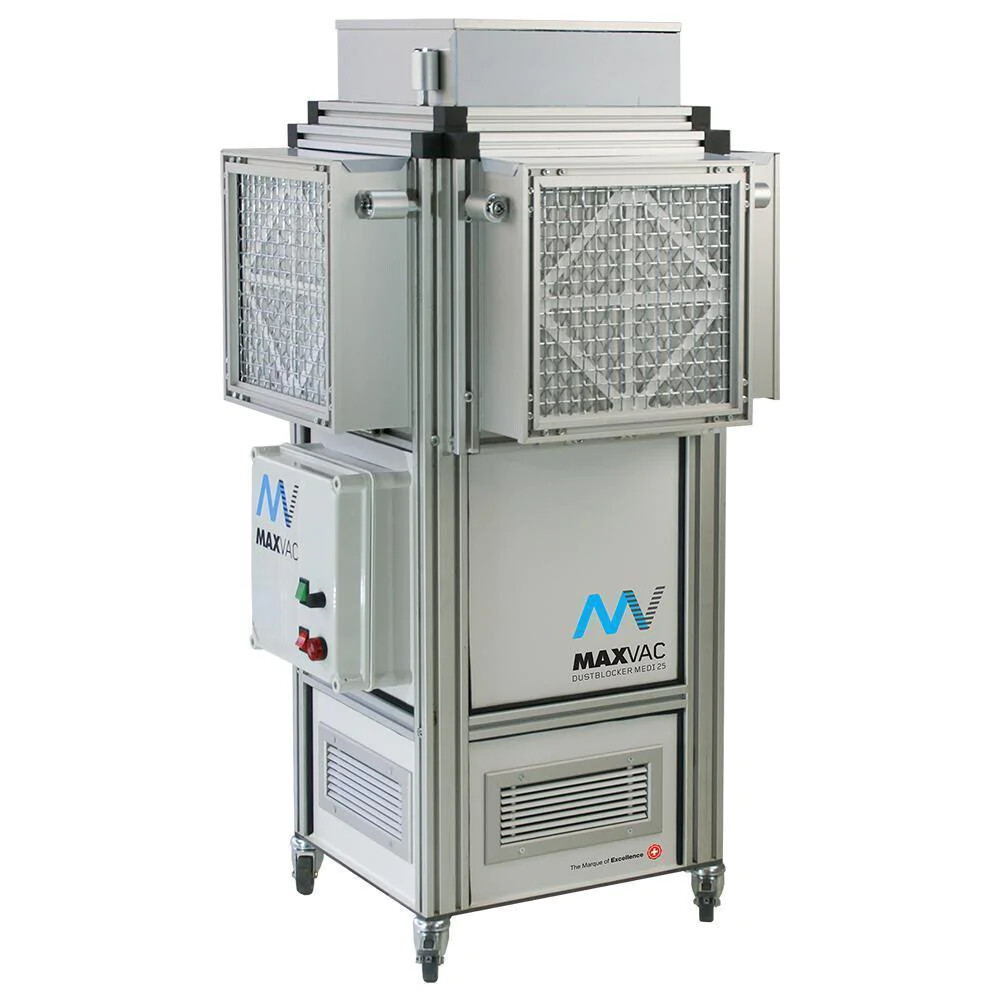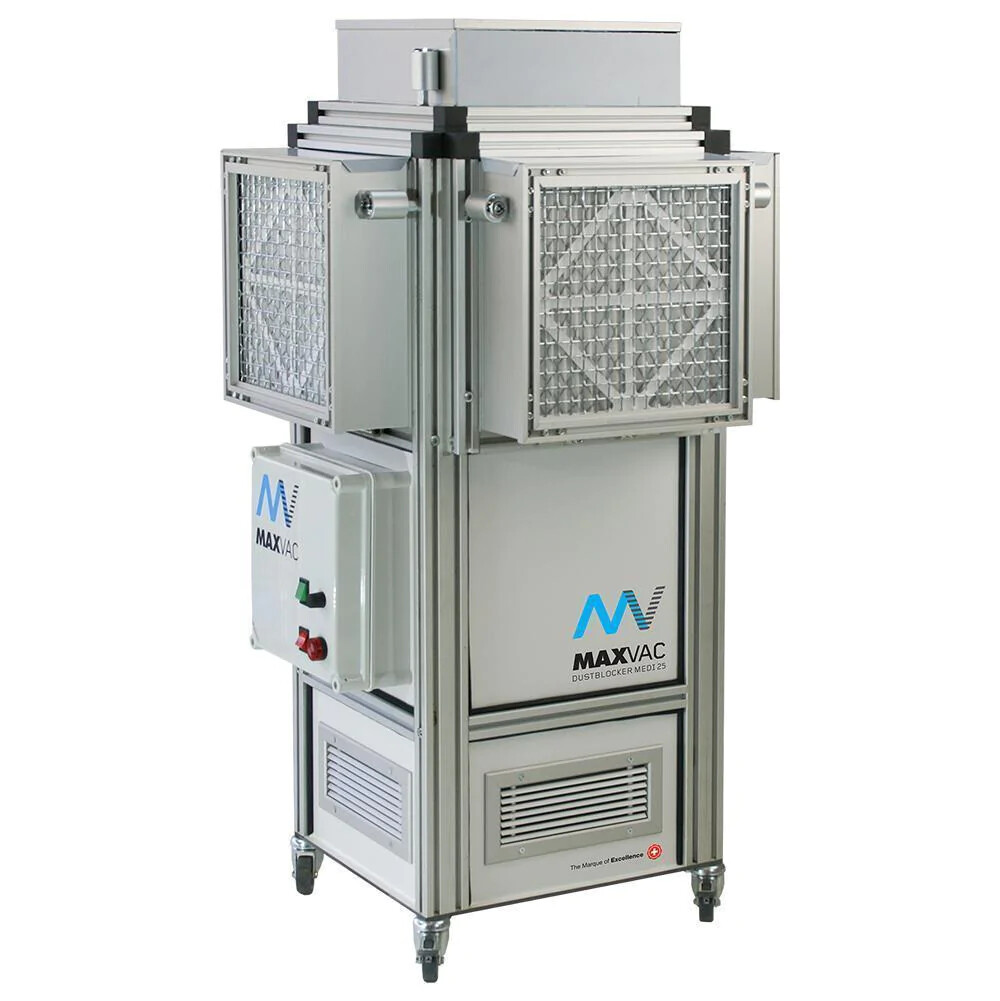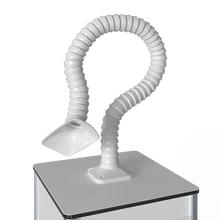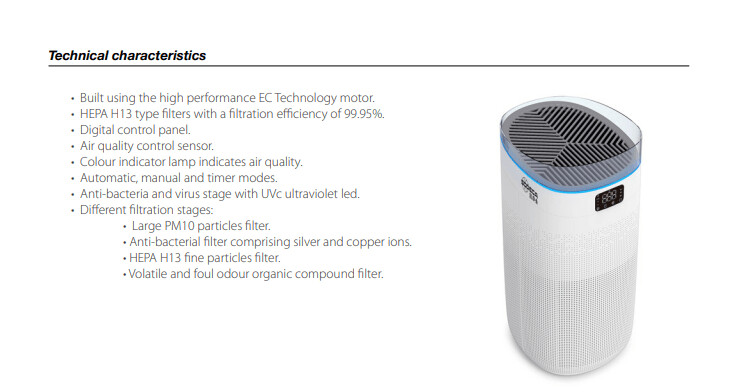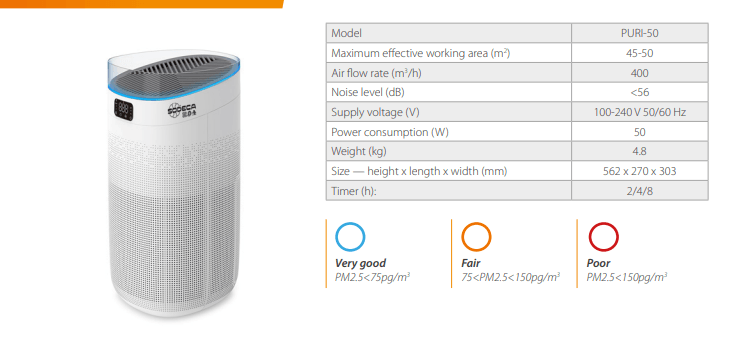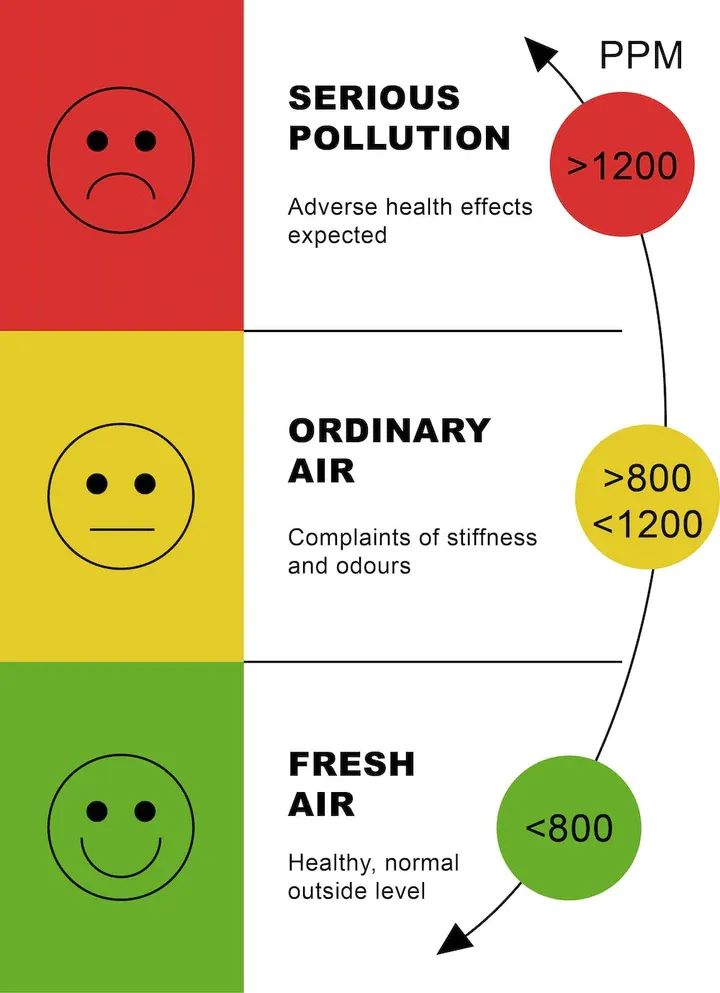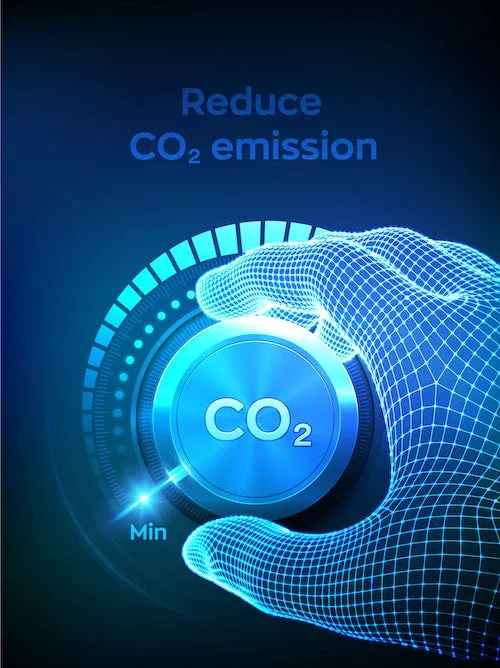Office Air Quality
Air Quality In The Office
Our clients have found a massive increase of 53% in productivity and a 32.7% reduction in sick days.
We spend about 90% of our time indoors,
so air quality is paramount to our
comfort and health.
What Does 'Internal Air Quality Mean?
Indoor air quality (IAQ) refers to the ‘quality’ of the air within an indoor space. ‘Quality’ here can be loosely understood as how ‘fresh’ or how ‘clean’ the air is. More scientifically, we are talking about the absence of air pollutants ranging from animal dander to dust floating around in the air and the level of circulation of this air throughout the entire building. Improving on these two fronts equates to less sneezing and more restorative breaths of fresh air.
How Does Air Quality in the Office Affect Comfort and Productivity?
Greener office environments are linked with higher cognitive functioning across the board. Fresh air increases our ability to reason, retain information, and maintain focus. Enhancing the air quality within the office benefits job performance overall. In fact, a green office environment is correlated with a cognitive performance score of double that of a typical office environment where the air is not ‘fresh’ or cleaned of pollutants and circulating properly.
On the other hand, a poorly ventilated room filled with people breathing the same air is a recipe for ill health.
“Readily available, energy efficient technology can turn office buildings into human resource tools that improve the health and productivity of the people inside.”-
John Mandyck, UTC Chief Sustainability Officer.
Every day we take up to 23,040 breaths. In an office environment where we are in close proximity to each other, high concentrations of CO2 can build up if the air is not ventilated properly – as well as a high humidity.
Too high humidity can cause mould growth, too low, (as research shows) has been linked to the spread of virus. Researchers for the Centre for Disease Control and Prevention found that when humidity levels were at 23%, 70 to 77% of flu virus particles were still able to cause an infection an hour after coughing – the ideal humidity rate is between 30 – 60% for a healthy indoor environment.
How to Improve Office Air Quality
As office employees are gradually returning to work after the last couple of years issues, around 86% have said they consider air quality one of the most important factors in their workplace.
It’s important to understand the Air Quality issues and how to deal with them. If you do not know what they are then how can you?
● It’s important to understand what your Air Quality situation is.
● What are the required levels of Air Quality?
● How can they be achieved?
To achieve this, an Internal Air Quality (IAQ) Management System needs to be implemented and a IAQ assessment needs to be carried out – to give you control of the issue.
This will enable you to: -
● Eliminate the sources of air pollutants.
● Improve the office’s ventilation system.
● Use UVC air cleaners and purifiers in the space.
As you or your team takes on each step in the pursuit of fresher air in the office, appreciate that clean, fresh air is a multi-faceted shared responsibility with an enlivening shared benefit. All within the office play an important part in reporting any air quality concerns and keeping the office clean, together.
We Specialise in Air Quality Assessments
Air quality testing is important to help ensure your buildings safety and compliance to the latest legal requirements.
Air Purifiers are an effective way to improve the air quality in your offices
Fresh Air is a Shared Responsibility with a Shared Benefit
Note that your employees are often the first to notice any odours or uncomfortably hot and stuffy work rooms indicative of an air quality issue. Encouraging them to report any concerns or complaints is one of your best lines of defence in protecting and improving the air - for everyone’s comfort and enjoyment.
And because the factors that contribute to indoor air quality are diverse -- ranging from the quality of air flow afforded through fans to the presence or absence of dust and mould -- there are opportunities at numerous levels to make improvements. Through good housekeeping in the form of routine cleaning, for instance, regular maintenance of the HVAC system, and use of the right products like air purifiers that remove pollutants on the spot for an immediate benefit -- cleaner air is within reach.
Solutions at Ultra Protect
Under the current Health & Safety at Work etc. Act 1974 and the Occupiers Liability Act 1984, an employer has a duty of care to ensure that a safe and healthy environment is provided. The Approved Code of Practice accompanying the Workplace (Health, Safety and Welfare) Regulations, states that indoor air quality should be at least equal to, but ideally better than, the air outside your building and that all commercial premises must have an Air Quality Management system in place. To achieve this then an Air Quality Assessment would need to be completed.
The Internal Air Quality Assessment report is effectively an internal Risk Assessment of your property, laying out in simple terms what the existing Air Quality state of play is, the reasons why and how it can be improved with both short and longer-term measures. It is a report that will give you control of your Air Quality situation and will allow you to control the improvements based on the risk factor.
Book Your Air Quality Assessment
We have the expertise and products to provide solutions for a cleaner, fresher and healthier environment for us to work in.


